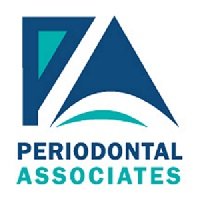Gum Graft
What is a gum graft?
Everyone’s teeth require protection from tooth brushing and normal everyday functions like eating and drinking. Gum recession is a process where the durable and protective gum tissue that surrounds beings to shrink away and sometimes leaves a tooth or group of teeth bare and exposed. Recession can give teeth an eerie elongated appearance as well as make them look much yellower as a result of the root showing. Recession is sometimes painful as the root of the tooth is much more porous and sensitive than enamel and can react to hot and cold foods as well as air. Eventually, if not taken care of, gum recession can cause extensive damage to your bone structure, and actually result in tooth loss.
Gum recession is a gradual process that stems from advanced stages of gum disease. 4% – 12% of North American adults are afflicted with this problem, and many of the cases often go unnoticed until it becomes so severe, it is difficult to NOT notice. The individual will begin to suffer from extreme sensitivity, an unattractive smile and tooth loss.
A gum graft is a procedure that can restore the protective barrier around such teeth using a wide variety of techniques.
What to expect
The procedure can be performed under typical dental freezing or asleep for your comfort so you are at ease and do not experience any discomfort. There are different types of gum tissue grafts that can be performed. Which type chosen all depends on your specific needs. Take time to understand the various sources of material that can be used to treat your specific type of recession. There are natural and synthetic types and each has their own advantages in different sites. Learn more about gum grafting by contacting Periodontal Associates for your consultation.
Recovery
Recovering from a gum graft tissue procedure is a lot like recovering from getting a tooth pulled. Some soreness may be experienced after the procedure and can be managed by taking anti-inflammatory medication or mild pain relievers, accompanied with an ice pack. You should maintain a diet of soft, cool foods and keep physical activity light during the first few days of your recovery.
Maintenance
BRUSH YOUR TEETH TWICE A DAY, EVERYDAY
DON’T SMOKE!
FLOSS DAILY
SCHEDULE REGULAR CHECKUPS AND CLEANINGS
EAT A WELL-BALANCED DIET

